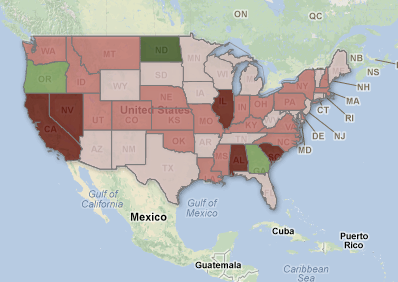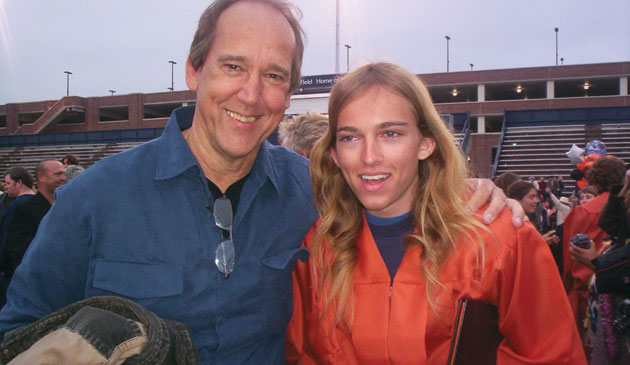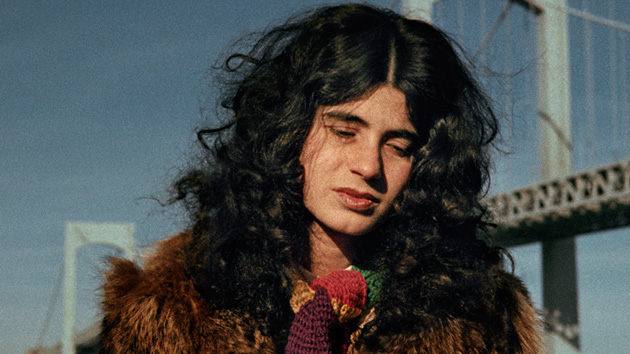|
1773 |
The first patient is admitted to the Public Hospital for Persons of Insane and Disordered Minds in Williamsburg, Virginia. 
The rebuilt Public Hospital for Persons of Insane and Disordered Minds in Williamsburg. Wikipedia
|
|
1841 |
Boston schoolteacher Dorothea Dix visits the East Cambridge Jail, where she first sees the horrible living conditions of the mentally ill. Believing they could be cured, Dix lobbies lawmakers and courts for better treatment until her death in 1887. Her efforts lead to the establishment of 110 psychiatric hospitals by 1880. 
Dorothea Dix Wikipedia
|
|
1887 |
On assignment for New York World, Nellie Bly feigns lunacy in order to be admitted to the Women’s Lunatic Asylum on New York’s Blackwell’s Island. Her exposé, “Ten Days in a Mad-house,” detailing the appalling living conditions at the asylum, leads to a grand jury investigation and needed reforms at the institution. 
Wikipedia
|
|
1907 |
Indiana is the first of more than 30 states to enact a compulsory sterilization law, allowing the state to “prevent procreation of confirmed criminals, idiots, imbeciles and rapists.” By 1940, 18,552 mentally ill people are surgically sterilized. 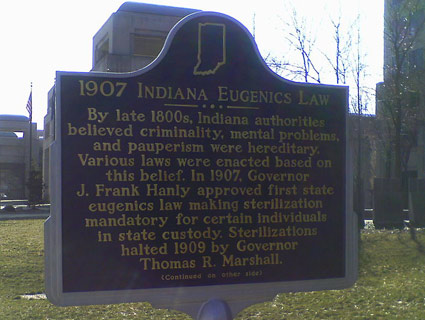
Wikipedia
|
|
1936 |
Dr. Walter Freeman and his colleague James Watt perform the first prefrontal lobotomy. By the late 1950s, an estimated 50,000 lobotomies are performed in the United States. 
Dr. Walter Freeman and Dr. James Watts examine an X-ray before a psychosurgical procedure. Wikipedia
|
|
1938 |
Italian neurologist Ugo Cerletti introduces electroshock therapy as a treatment for people with schizophrenia and other chronic mental illnesses. 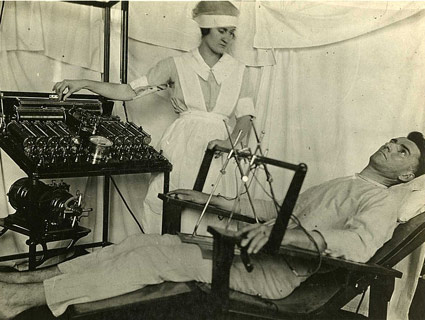
A man sits in a Bergonic chair for electroshock treatment. Wikipedia
|
|
1946 |
President Harry Truman signs the National Mental Health Act, calling for the establishment of the National Institute of Mental Health to conduct research into neuropsychiatric problems. |
|
1954 |
Marketed as Thorazine by Smith-Kline and French, chlorpromazine is the first antipsychotic drug approved by the Food and Drug Administration. It quickly becomes a staple in asylums. 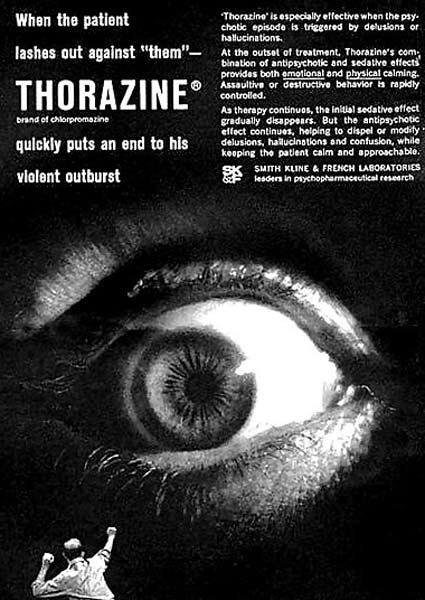
A 1962 advertisement for Thorazine. Wikipedia
|
|
1955 |
The number of mentally ill people in public psychiatric hospitals peaks at 560,000. |
|
1962 |
One Flew Over the Cuckoo’s Nest, a novel by Ken Kesey, is published. The bestseller is based on his experience working the as a nurse’s aide in the psychiatric wing of Menlo Park Veteran’s Hospital in California. 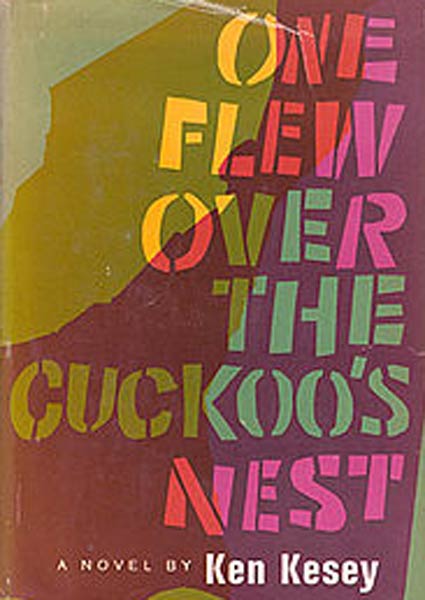
Wikipedia
|
|
1963 |
President John F. Kennedy signs the Community Mental Health Act to provide federal funding for the construction of community-based preventive care and treatment facilities. Between the Vietnam War and an economic crisis, the program was never adequately funded. |
|
1965 |
With the passage of Medicaid, states are incentivized to move patients out of state mental hospitals and into nursing homes and general hospitals because the program excludes coverage for people in “institutions for mental diseases.” 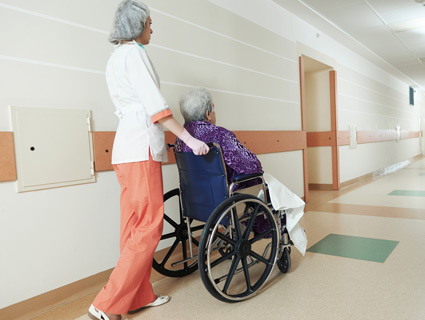
Dmitry Kalinovsky/Shutterstock
|
|
1967 |
The California Legislature passes the Lanterman-Petris-Short Act, which makes involuntary hospitalization of mentally ill people vastly more difficult. One year after the law goes into effect, the number of mentally ill people in the criminal-justice system doubles. |
|
1977 |
There are 650 community health facilities serving 1.9 million mentally ill patients a year. |
|
1980 |
President Jimmy Carter signs the Mental Health Systems Act, which aims to restructure the community mental-health-center program and improve services for people with chronic mental illness. 
President Jimmy Carter Library of Congress
|
|
1981 |
Under President Ronald Reagan, the Omnibus Budget Reconciliation Act repeals Carter’s community health legislation and establishes block grants for the states, ending the federal government’s role in providing services to the mentally ill. Federal mental-health spending decreases by 30 percent. 
President Ronald Reagan Library of Congress
|
|
1984 |
An Ohio-based study finds that up to 30 percent of homeless people are thought to suffer from serious mental illness. |
|
1985 |
Federal funding drops to 11 percent of community mental-health agency budgets. |
|
1990 |
Clozapine, the first “atypical” antipsychotic drug to be developed, is approved by the FDA as a treatment for schizophrenia. |
|
2004 |
Studies suggest approximately 16 percent of prison and jail inmates are seriously mentally ill, roughly 320,000 people. This year, there are about 100,000 psychiatric beds in public and private hospitals. That means there are more three times as many seriously mentally ill people in jails and prisons than in hospitals. 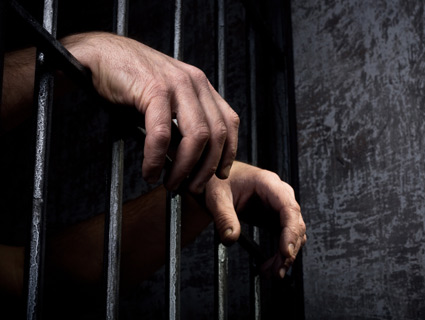
BortN66/Shutterstock
|
|
2009 |
In the aftermath of the Great Recession, states are forced to cut $4.35 billion in public mental-health spending over the next three years, the largest reduction in funding since deinstitutionalization. |
|
2010 |
There are 43,000 psychiatric beds in the United States, or about 14 beds per 100,000 people—the same ratio as in 1850. 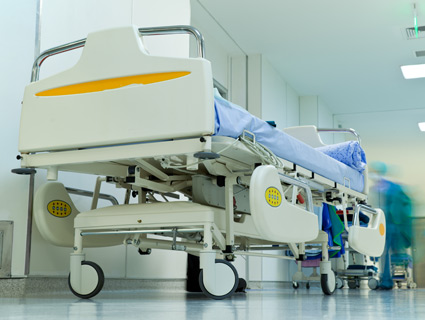
VILevi/Shutterstock
|
